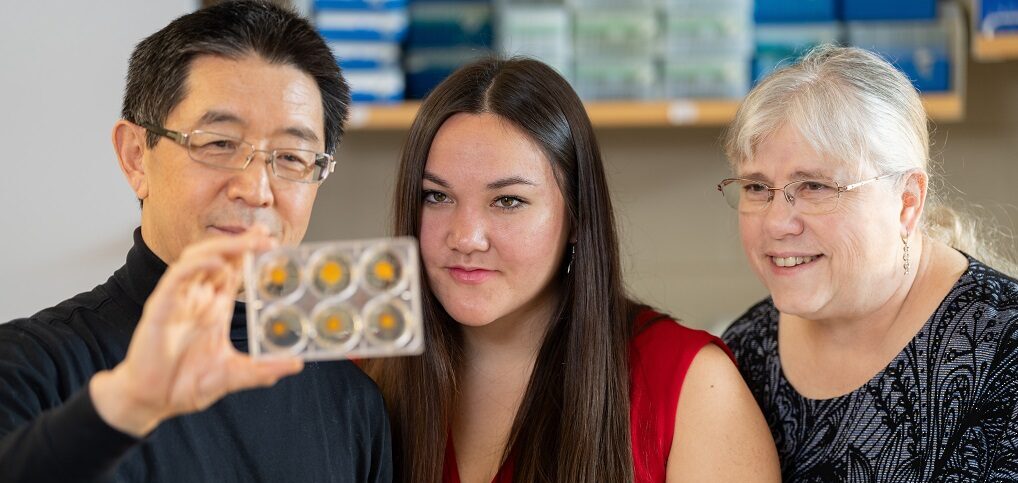Skip to content
- Discovery of novel antimicrobials. Antibiotic resistance is spreading like wildfires at alarming rates . Multidrug-resistant superbugs have evolved to breach the last line of defense offered by antibiotics currently on the market. We are devoting resources and efforts to the discovery and development of novel therapies against antibiotic-resistant pathogens. In particular, we are working on the identification and optimization of compounds targeting bacterial T4P for the development of antivirulence chemotherapeutics. We have developed and integrated unique approaches combining enzymes, phages and bacteria for this exciting project.
- Cyclic di-GMP (c-di-GMP or cdG) regulation of the bacterial type-4 pilus (T4P). The most important decision that bacteria have to make in any niche is whether to form or not to form biofilms. Biofilms are like self-constructed bacterial settlements wherein the dwelling bacteria live a sessile lifestyle. Otherwise, bacteria live more like nomads, moving and foraging using one or another form of bacterial motility. Paradoxically, bacterial type-4 pili are important players in both bacterial motility and in biofilm formation. On one hand, T4P is a motility apparatus that enables bacteria to move around and about; this form of motility, frequently referred to as twitching, is known to use a grappling hook mechanism. On the other, it is an adhesin and regulator that enhances biofilm formation. That is, during early stages of biofilm formation, T4P is an adhesin for bacterial attachment to surfaces. During the subsequent stages of biofilm development and maturation, T4P in many bacteria also function to promote the production of matrix materials which are essential determinants of biofilm architecture. It is unclear how these seemingly contradictory functions of T4P in motility and biofilm formation are managed. We are currently investigating if c-di-GMP, a universal second messenger in bacteria, plays a deciding role in the regulation of T4P functions.
